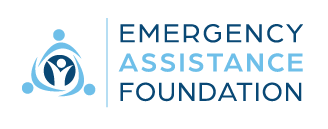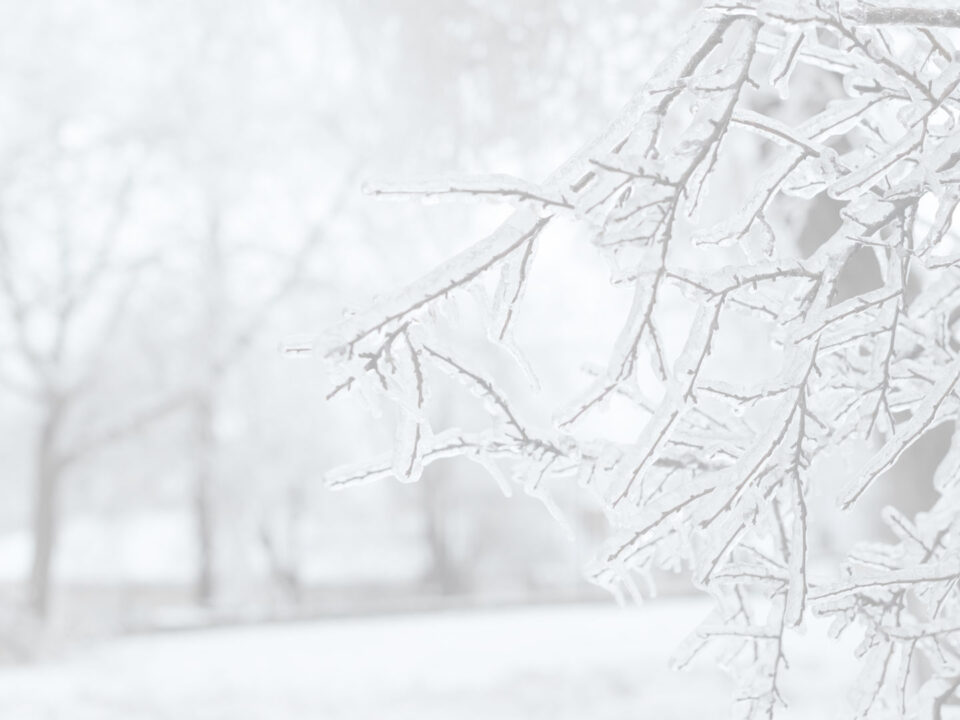
Measuring the Impact of Disaster and Hardship Relief Funds
June 22, 2022
How Relief Funds Can Contribute to an Organization’s ESG Initiatives
August 22, 2022July 27, 2022
The higher temperatures that come with the summer months can be hazardous as they give rise to wildfire season. Wildfire season is generally considered to last from late spring through fall, with the peak occurring in August. However, this all depends on where you live, the climate there, and the specific weather you’re experiencing. Wildfire season is brought on by hot and dry conditions, so the temperature and precipitation in your area during specific seasons will determine the risk of wildfires occurring. For example, Midwestern states face less of a risk of wildfires in the winter and spring months when there is normally more precipitation and lower temperatures.
However, temperatures have been steadily rising for decades, mainly due to global warming. This has resulted in climate change that has increased the occurrence of natural disasters—including wildfires—and has made wildfire season even more erratic. This is mainly due to rising temperatures and less precipitation that have led to increased incidents and severity of droughts. The effects of this climate change are so drastic that nearly 50% of the U.S. is currently experiencing a drought. With these conditions, 2022 is expected to have above-normal wildfire activity, and things may only get worse moving forward.
While hot and dry conditions increase the likelihood of wildfires, they don’t specifically cause fires on their own (except in rare cases). Some of the most common causes of wildfires include human carelessness—burning debris, unattended campfires, cigarettes, arson, and more—lightning strikes, electrical equipment malfunctions, and fallen power lines from high winds. So, what can you do to make sure your team members are ready in case there’s a wildfire? The first step in preparing for wildfires is to know the dangers they present.
The Dangers of Wildfires
You may think that you are in a safe area that isn’t affected by wildfires, but wildfires can occur anywhere and at any time if the circumstances are right. However, they are most common in certain states like California, Arizona, Colorado, Texas, Idaho, Washington, Oregon, Oklahoma, Montana, Utah, Nevada, Wyoming, and New Mexico.
Each year, wildfires impact the lives of millions of Americans in a variety of ways, including:
- Damaging or destroying property that is in the path of the fire
- Impacting personal health and safety with both fire and smoke, often resulting in the development of health issues, and even death.
- Polluting the air with smoke, soot, and ash, which affects humans, but also impacts the planet as a whole
In 2021, there were 58,985 wildfires that burned 7,125,643 acres of land. Accuweather estimates that these fires combined to somewhere between $70 and $90 billion worth of damage. The single most costly wildfire resulted in over $11 billion worth of damage and 8 deaths. Once wildfires start, they are incredibly hard to put out, often spurred on by dry air and high winds. This makes them incredibly dangerous, and everyone should take the necessary precautions to stay as safe as possible.

How Establishing a Disaster Relief Fund With Emergency Assistance Foundation Will Help Provide Aid to Team Members Affected by Wildfires
In the aftermath of a natural disaster—like a wildfire—your organization needs to be able to help impacted team members rebuild and recover from the potentially devastating effects of the disaster. A disaster relief fund can boost morale and encourage your internal communities to contribute directly to the support of fellow team members. Establishing a relief fund can alleviate the stress that disasters put on members within your organization and allow them to stay focused on recovering from the event.
If your organization is interested in starting a relief fund, consider establishing a fund with Emergency Assistance Foundation today. As a financial first responder, we are resourceful and fearless in ensuring that financial assistance reaches individuals in need, no matter the unique circumstances involved.
Proactively establishing a relief fund with Emergency Assistance Foundation ensures that your organization is ready to assist any team members that are impacted by wildfires and other natural disasters, and it can even be life-saving. According to data analyzed for our landmark 10-year relief fund industry report, natural disasters are the number one event included in the grant criteria for funds that are established with Emergency Assistance Foundation.
In fact, 73% of the over 350 relief funds we administer include natural disasters in their grant criteria. The funds’ sponsoring organizations recognize the growing importance of taking care of their team members in the aftermath of a natural disaster. As the threat of wildfires continues to increase, now is the perfect time to start preparing for how your organization will respond once the next disaster occurs.
By establishing a fund with us today, your organization can assist members of your team affected by wildfires and increasing natural disasters. Relief fund grants can help impacted individuals pull through difficult times and start on the path toward recovery. If you’d like to learn more about how your organization can help your team during difficult times, you can review additional information about how a fund works or contact us today. We look forward to helping you make a difference for those who need it most!

Wildfire Preparation Tips to Share with Team Members
While completely preventing wildfires is impossible, there are things that you can do to reduce the risk of causing a wildfire and prepare in case one does occur. Here are some tips to share with your team members about how to prepare for wildfires:
- Pay Attention to Warnings and Alerts - The first tip to share with team members for preparing for wildfires is to understand and recognize warnings and alerts. They can get automatic alerts through the Emergency Alert System (EAS) and Wireless Emergency Alert (WEA), but they can also sign up for alerts from local community sources. Additionally, remind them to pay attention to the local news so they stay up to date on any potential wildfire threats and know when they need to take action.
- Make a Plan - Next, urge team members to make a plan so they are prepared in the event of a wildfire. This is especially important for individuals living in areas that are prone to wildfires. Their plan should include coming up with multiple evacuation routes, each family member making bags of essentials for a quick escape, getting documents in order, and planning for any other specific needs, like pet needs.
- Build an Emergency Kit - After making a plan, remind team members to build an emergency kit so they have everything they need if they are ordered to evacuate. It’s also important for team members to keep their cars completely fueled, so they don’t run into any issues with getting out if they are ordered to evacuate.
- Know Evacuation Zones - Finally, stress the importance of team members knowing their evacuation zones, so they understand when it’s time to leave and seek safety. Local authorities will assist with any evacuation, so remind team members to listen to their instructions. They should evacuate as soon as their zone is called.




